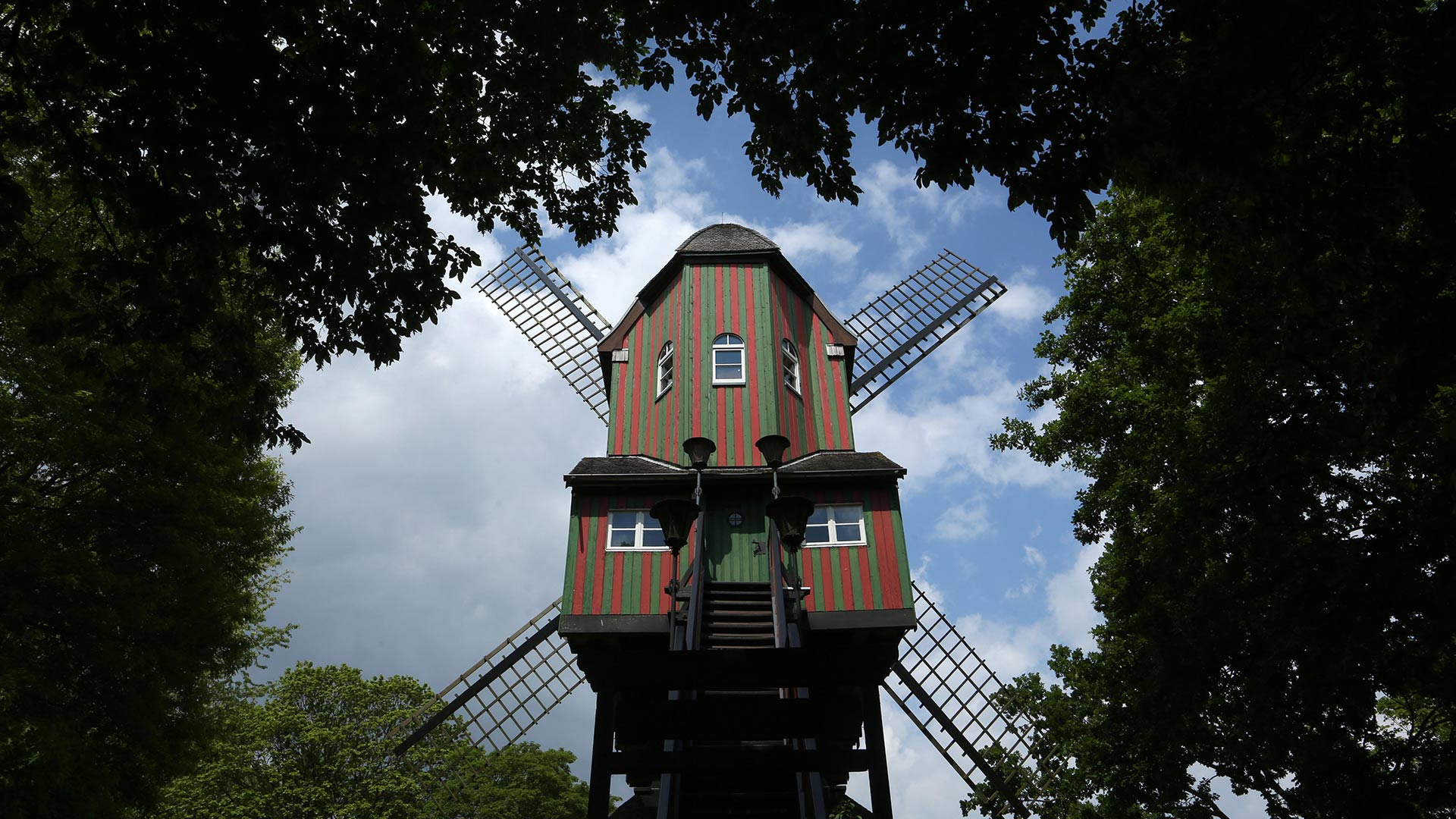Russia’s Incinerator: Addressing the Country’s Waste Crisis
Russia, like many other countries, is facing a growing waste crisis. The amount of waste being produced is increasing at an alarming rate, and the country lacks the infrastructure to properly manage it. In an effort to address this issue, Russia has turned to incineration as a potential solution. Incinerators have the ability to burn waste and convert it into energy, making them an attractive option for countries looking to reduce the amount of waste they send to landfills.
One of the leading incineration projects in Russia is the construction of a waste-to-energy plant in the town of Mytishchi, just outside of Moscow. This plant is set to be one of the largest in the world, and it is expected to process over 700,000 tons of waste annually. The incinerator will use state-of-the-art technology to burn the waste and generate electricity for the surrounding area. The project is part of Russia’s efforts to modernize its waste management infrastructure and reduce the environmental impact of its waste.
The incinerator project has drawn both support and criticism from various stakeholders. Proponents point to the potential benefits of incineration, including reducing the amount of waste sent to landfills, generating energy, and reducing greenhouse gas emissions. Critics, on the other hand, have raised concerns about air pollution, health risks, and the potential for the incinerator to become a source of environmental contamination.
In this article, we will explore the ins and outs of Russia’s incinerator project, including its potential benefits and drawbacks, and address some frequently asked questions about incineration as a waste management solution.
Benefits of Incineration
1. Reducing the amount of waste sent to landfills: Incineration is an effective way to reduce the volume of waste that ends up in landfills. By burning the waste and converting it into energy, incinerators can significantly reduce the amount of space needed for landfill disposal.
2. Generating energy: Incinerators produce heat and electricity by burning waste, which can be used to power nearby communities. This process helps to reduce the reliance on fossil fuels and contributes to sustainable energy production.
3. Reducing greenhouse gas emissions: Incinerators can provide an alternative to landfills, which are a significant source of methane emissions. By burning waste and converting it into energy, incinerators can help reduce the amount of greenhouse gases released into the atmosphere.
4. Recycling metals: Incineration can be used in conjunction with recycling programs to recover valuable metals from the ash produced during the burning process. These metals can then be reused, reducing the need for new resource extraction.
Concerns about Incineration
1. Air pollution: Incinerators can release pollutants such as particulate matter, nitrogen oxides, and dioxins into the air. This can have negative impacts on air quality and public health, particularly in areas near the incinerator.
2. Health risks: The release of pollutants from incinerators can pose health risks to nearby communities, including respiratory issues and other health problems. This is a significant concern for those living in close proximity to the incinerator.
3. Environmental contamination: There is a risk of environmental contamination from incinerators, particularly from the ash produced during the burning process. If not properly managed, this ash can leach harmful substances into the soil and water, posing a threat to the environment and public health.
4. Impact on recycling: Some critics argue that incineration can undermine recycling efforts by diverting materials that could be recycled into the waste-to-energy process. This raises concerns about the potential for reduced recycling rates and increased waste generation.
FAQs about Incineration in Russia
Q: How does incineration work?
A: Incineration involves burning waste at high temperatures to convert it into energy. The heat generated from the burning process can be used to produce electricity or to heat buildings.
Q: What types of waste can be incinerated?
A: Incinerators can process a wide range of waste materials, including municipal solid waste, industrial waste, and hazardous waste. However, there are limits to the types of waste that can be safely incinerated, and certain materials may be excluded from the process.
Q: What are the environmental impacts of incineration?
A: Incineration can have both positive and negative environmental impacts. While it can reduce the amount of waste sent to landfills and help generate energy, it can also release air pollutants and pose risks to public health and the environment if not properly managed.
Q: How does Russia plan to address the concerns about incineration?
A: Russia’s incinerator project in Mytishchi is expected to use advanced technology to minimize the environmental impact of incineration. The plant will be equipped with state-of-the-art air pollution control systems and ash management protocols to mitigate potential risks.
Q: What role does incineration play in Russia’s waste management strategy?
A: Incineration is one of several waste management solutions being considered by Russia to address the country’s waste crisis. The incinerator in Mytishchi is part of a broader strategy to modernize Russia’s waste management infrastructure and reduce the environmental impact of waste.
In conclusion, incineration has the potential to be an effective waste management solution for countries facing growing waste challenges, such as Russia. However, it is essential that incinerators are equipped with advanced technology and strict environmental standards to mitigate potential risks and maximize the benefits of this approach. As Russia moves forward with its incinerator project, it will be important to monitor its environmental and public health impacts and ensure that it is a responsible and sustainable solution for the country’s waste crisis.
Russia’s Incinerator: Addressing the Country’s Waste Crisis




